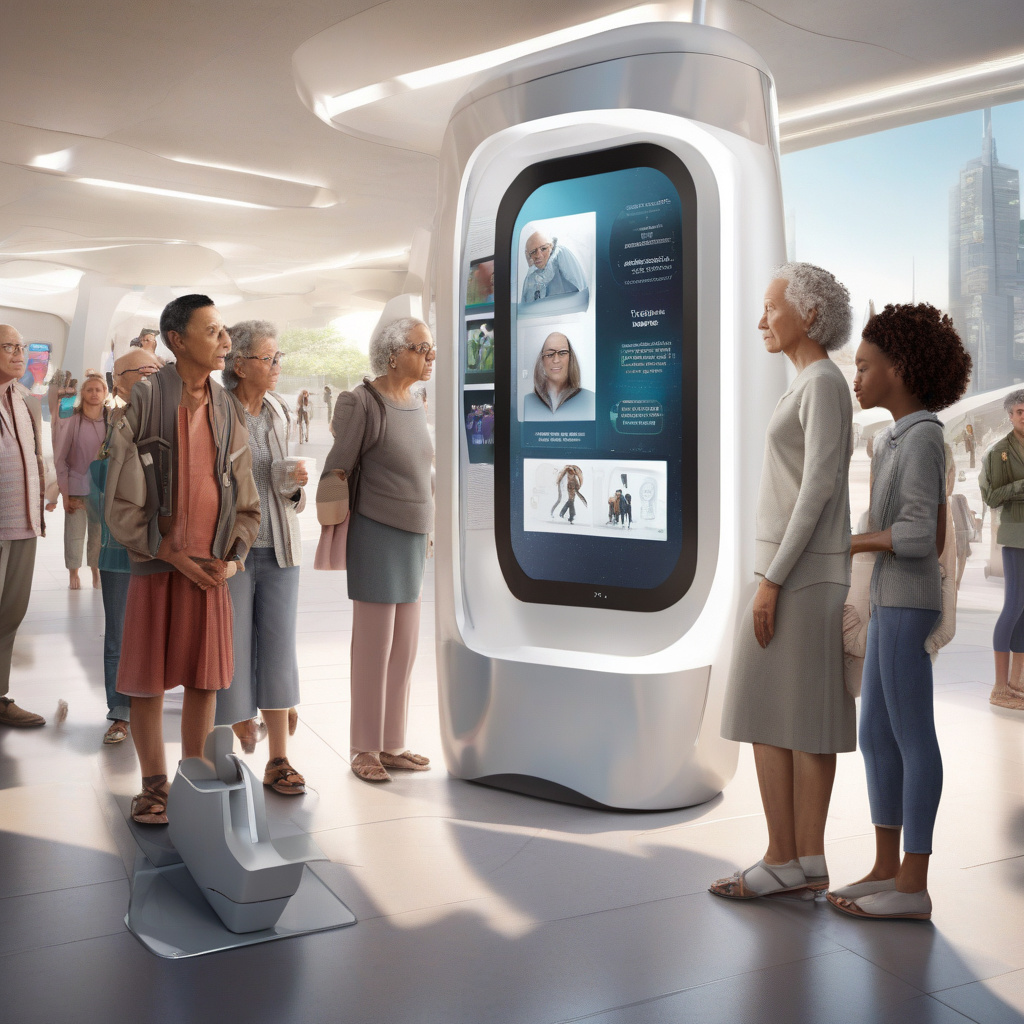In the ever-evolving landscape of technology, age assurance technology, also known as age verification tech, is emerging as a crucial topic. This concept revolves around confirming the age of users accessing online platforms, particularly those with age restrictions such as social media, gaming, or e-commerce sites. By implementing age verification measures, companies aim to comply with legal requirements, protect minors from inappropriate content, and enhance overall user experience.
As we look ahead to 2025, the future of age verification tech appears promising and innovative. Advancements in artificial intelligence (AI) and biometric authentication are poised to revolutionize how age verification is conducted. In the coming years, we can expect to see a shift towards more sophisticated, seamless, and secure methods of confirming users’ ages.
One key trend that is likely to shape age verification tech in 2025 is the integration of AI algorithms. These algorithms can analyze patterns of behavior and data to determine whether a user is of the required age. For example, AI could assess the way a user interacts with a website or app to ascertain if they are old enough to access certain content. This proactive approach not only streamlines the verification process but also enhances accuracy and efficiency.
Biometric authentication is another aspect set to redefine age verification tech by 2025. Leveraging biometric data such as fingerprints, facial recognition, or iris scans, companies can verify users’ ages with a high level of certainty. This method not only offers a secure means of confirming age but also provides a user-friendly experience, eliminating the need for manual input of personal information.
Moreover, the integration of blockchain technology is poised to enhance the transparency and security of age verification processes. By leveraging the decentralized nature of blockchain, companies can ensure that user data is securely stored and accessed only with explicit consent. This not only strengthens data protection measures but also builds trust between users and service providers.
In the realm of online age verification, user privacy and data security are paramount concerns. As we progress into 2025, it is essential for companies to strike a balance between stringent age verification measures and respecting user privacy rights. Implementing robust encryption protocols, anonymizing data where possible, and obtaining explicit consent for data processing are crucial steps in safeguarding user information.
Looking ahead, the evolution of age verification tech in 2025 holds great potential for improving online safety, regulatory compliance, and user experience. By embracing AI algorithms, biometric authentication, and blockchain technology, companies can establish more reliable, efficient, and secure age verification processes. As technology continues to advance, it is imperative for businesses to stay abreast of these developments and adapt their age verification strategies accordingly.
In conclusion, age verification tech is set to undergo significant transformations by 2025, driven by advancements in AI, biometric authentication, and blockchain technology. By embracing these innovations, companies can enhance the accuracy, security, and user-friendliness of their age verification processes, ultimately fostering a safer and more compliant digital environment. The future of age verification tech holds immense promise, shaping a more secure and seamless online experience for users of all ages.

